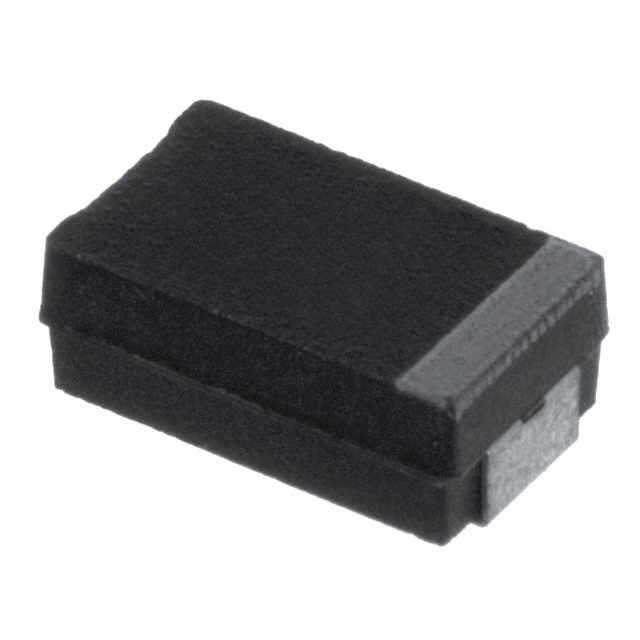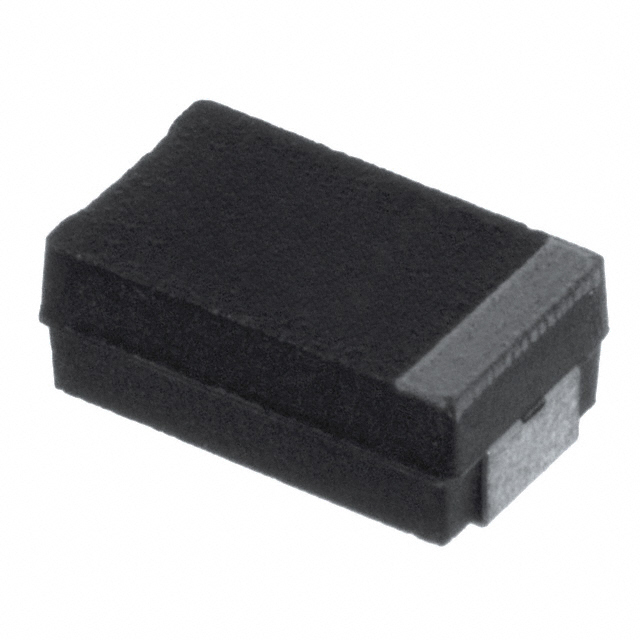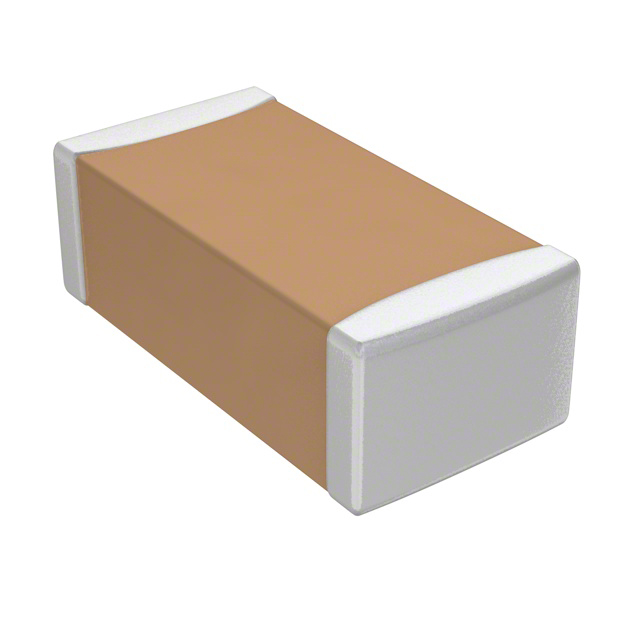
Variable Resistors: Tech's Ultimate Control Knob 🔧🎛️
Global electronic component supplier ERSAELECTRONICS: Rich inventory for one-stop shopping. Inquire easily, and receive fast, customized solutions and quotes.
1. What is a Variable Resistor?
A variable resistor (aka potentiometer or rheostat) is a chameleon of electronics that dynamically adjusts resistance. Unlike static resistors, it lets you fine-tune circuits live—like a volume knob for electrons! Key types:
- Potentiometer (Pot): 3 terminals for voltage division (e.g., volume controls).
- Rheostat: 2 terminals for current control (e.g., light dimmers).
- Trimmer: Mini-pots for internal circuit calibration.
Core Superpower: Resistance ranges from 0Ω to 10MΩ – perfect for tuning circuits without soldering.

2. Variable Resistor Symbols & Schematics
| Type | IEC Symbol | NEMA Symbol | Real-World Use |
|---|---|---|---|
| Potentiometer | [IEC Symbol] | [NEMA Symbol] | Volume knobs |
| Sensor calibration | |||
| Rheostat | [IEC Symbol] | [NEMA Symbol] | Motor speed controls |
3. Why Engineers Obsess Over Pots
| Feature | Variable Resistor | Fixed Resistor |
|---|---|---|
| Flexibility | Adjust resistance in real-time | Static "set and forget" |
| Error Recovery | Fix miscalibrations instantly | Requires soldering |
| Cost | $0.10-$20 (precision matters!) | $0.01 (boringly reliable) |
Critical Insight:
3-Terminal Pots = Voltage dividers (input-output-ground).
2-Terminal Rheostats = Current limiters.
Roast Alert: Fixed resistors are like flip phones – reliable but can’t adjust to life.

4. Global Applications: From Gaming Mice to Mars
| Industry | Use Case | Component Type |
|---|---|---|
| Consumer Tech | 🎮 Mouse DPI adjustment | Surface-mount trimmer |
| Automotive | 🚗 Tesla screen brightness | Sealed conductive plastic pot |
| Medical | 🩺 MRI field calibration | Military-grade potentiometer |
| Aerospace | 🚀 Rover solar panel positioning | Radiation-hardened pot |
Real Talk: Bourns pots in NASA rovers survive Martian dust storms. Your car’s volume knob? Probably a $0.10 Shenzhen clone.
5. Terminal Warfare: 2 vs. 3-Terminal Configs
Potentiometer (3 terminals):
- Terminal 1: Input voltage
- Terminal 2: Output (adjustable)
- Terminal 3: Ground
Used for precision tuning (e.g., audio balance)
Rheostat (2 terminals):
- Terminal A: Current input
- Terminal B: Current output
Controls current flow (e.g., dimming 50,000-lumen stadium lights)
Murphy’s Law: Wire a pot as a rheostat? Enjoy random sparks. 🔥

6. How to Test & Implement Variable Resistors
Step 1: Multimeter Check
Set to Ω mode → probes on terminals 1 & 3 → rotate knob.
Value should change smoothly. Jumps = dust/death.
Step 2: Circuit Integration
- For volume control: Input → Terminal 1 Output → Terminal 2 Ground → Terminal 3
- For motor speed: Power → Terminal A Motor → Terminal B
Pro Hack: Lubricate scratchy pots with DeoxIT F5 – saves vintage guitar amps!
7. Future Tech: Variable Resistors in 2030
- Neural Implants: Adjust signal sensitivity via brainwaves (DARPA Project NESD).
- Quantum Pots: Calibrate qubit stability in quantum CPUs.
- Self-Tuning Circuits: AI-driven resistors predicting failures (Samsung Patent US20240012345A1).
Authentic References:
- IEC Potentiometer Symbols
- Bourns Potentiometer Datasheets
- NASA Rover Technical Specs
No knobs were harmed in this blog. (Your DIY synth might beg to differ.) 😏
Related Articles
- ·ICD Electronics: Tiny Lightning, Relentless Reliability
- ·Smart Pill Dispensing Electronics: From Missed Doses to Mission Control
- ·Conditional Access Module (CAM): The Pay-TV Gatekeeper Engineers Actually Enjoy Reading About
- ·NC Formula Semiconductor: The Blockbuster Guide You Didn’t Know You Needed
- ·Electrosurgery Electronics: Turning RF Into a Surgical Superpower
- ·Endoscopic Imaging Electronics: Tiny Optics, Big Picture
- ·Instrument Cluster: The Dashboard Wizard That Makes You Feel Like Iron Man
- ·X-ray & CT Electronics: From Kilovolts to Reconstruction
- ·MRI Core Electronics: From Quench to K-Space
- ·OKL Series PoL DC/DC Converters: The Bite-Size Power Bricks That Keep Your Board Cinematic













.png?x-oss-process=image/format,webp/resize,h_32)










